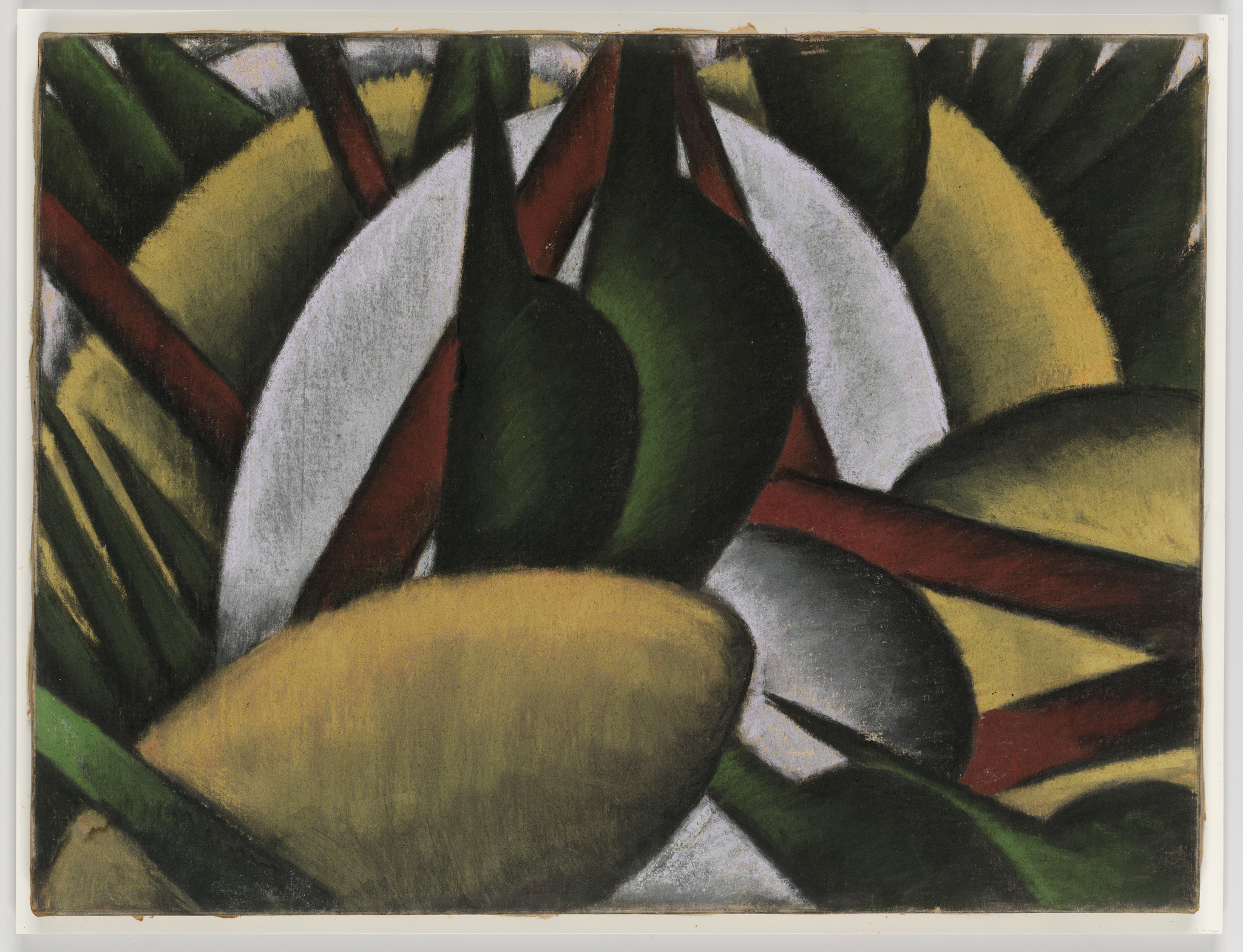Not on view
Date
c. 1912
Classification
Drawings
Medium
Pastel on canvas
Dimensions
Overall (Sight): 17 1/4 × 23 7/8 × 1 1/4in. (43.8 × 60.6 × 3.2 cm)
Accession number
51.20
Credit line
Whitney Museum of American Art, New York; purchase, with funds from Mr. and Mrs. Roy R. Neuberger
Rights and reproductions
© The Estate of Arthur G. Dove courtesy Terry Dintenfass, Inc
Audio
-
Arthur Dove, Plant Forms
In At the Dawn of a New Age: Early Twentieth-Century American Modernism (Spanish)
0:00
Arthur Dove, Plant Forms
0:00
Narrator: En 1912, Arthur Dove expuso una serie de dibujos al pastel, incluido este, en la Galería 291 de Alfred Stieglitz. Al hacerlo, se convirtió en el primer artista estadounidense en adoptar públicamente la abstracción.
Barbara Haskell: Dove, al igual que muchos de los artistas de ese círculo, recurría a las formas de la naturaleza como un antídoto contra la base mecanizada, casi científica, de la vida cotidiana.
Narrator: En palabras de la curadora Barbara Haskell.
Barbara Haskell: A principios de siglo, se habían producido muchos descubrimientos—la física cuántica, la teoría de la relatividad de Einstein, la teoría del inconsciente de Freud—que ponían en tela de juicio la idea de que lo que vemos es la verdadera realidad. Dove era uno de esos artistas que observaban la vida cotidiana y no querían imitarla. Él decía: “Prefiero contemplar la naturaleza antes que imitarla”, y comenzó a buscar las fuerzas subyacentes más elementales, las energías vitales de la naturaleza. La naturaleza era su tema; la veía como una idea estadounidense, casi una idea trascendental, de que a través de la naturaleza los individuos pueden alcanzar algún sentido de comprensión, sabiduría y conexión con el mundo. Y esas formas voluminosas que introdujo en Plant Forms, en el pastel de la colección del Whitney, son algo que siguió redefiniendo y revisando a lo largo de toda su carrera.
-
0:00
Arthur Dove, Plant Forms
0:00
Narrator: In 1912, Arthur Dove exhibited a series of pastel drawings—including this one—at Alfred Stieglitz’s 291 Gallery. In doing so, he became the first American artist to publicly embrace abstraction.
Barbara Haskell: Dove, like a lot of the artists within that circle, looked to nature forms as an antidote to the mechanized, kind of scientific basis that was in everyday life.
Narrator: Curator Barbara Haskell.
Barbara Haskell: There had been a lot of discoveries at the turn of the century—quantum physics, Einstein's theory of relativity, Freud's theory of the unconscious—all of those things that were challenging the idea that what we see is the true reality. Dove was one of those artists who looked at everyday life and didn't want to imitate it. He said, ”I would rather look at nature than imitate it,” and he began the search for the more elemental underlying forces, the kind of vital energies of nature. It was nature that was his subject—he saw it as an American idea, almost a transcendental idea, that through nature individuals can reach some sense of understanding wisdom, connection to the world. And those swelling forms that he introduced in Plant Forms, in the pastel in the Whitney’s collection, he would continue to redefine and rework throughout his entire career.
Exhibitions
-
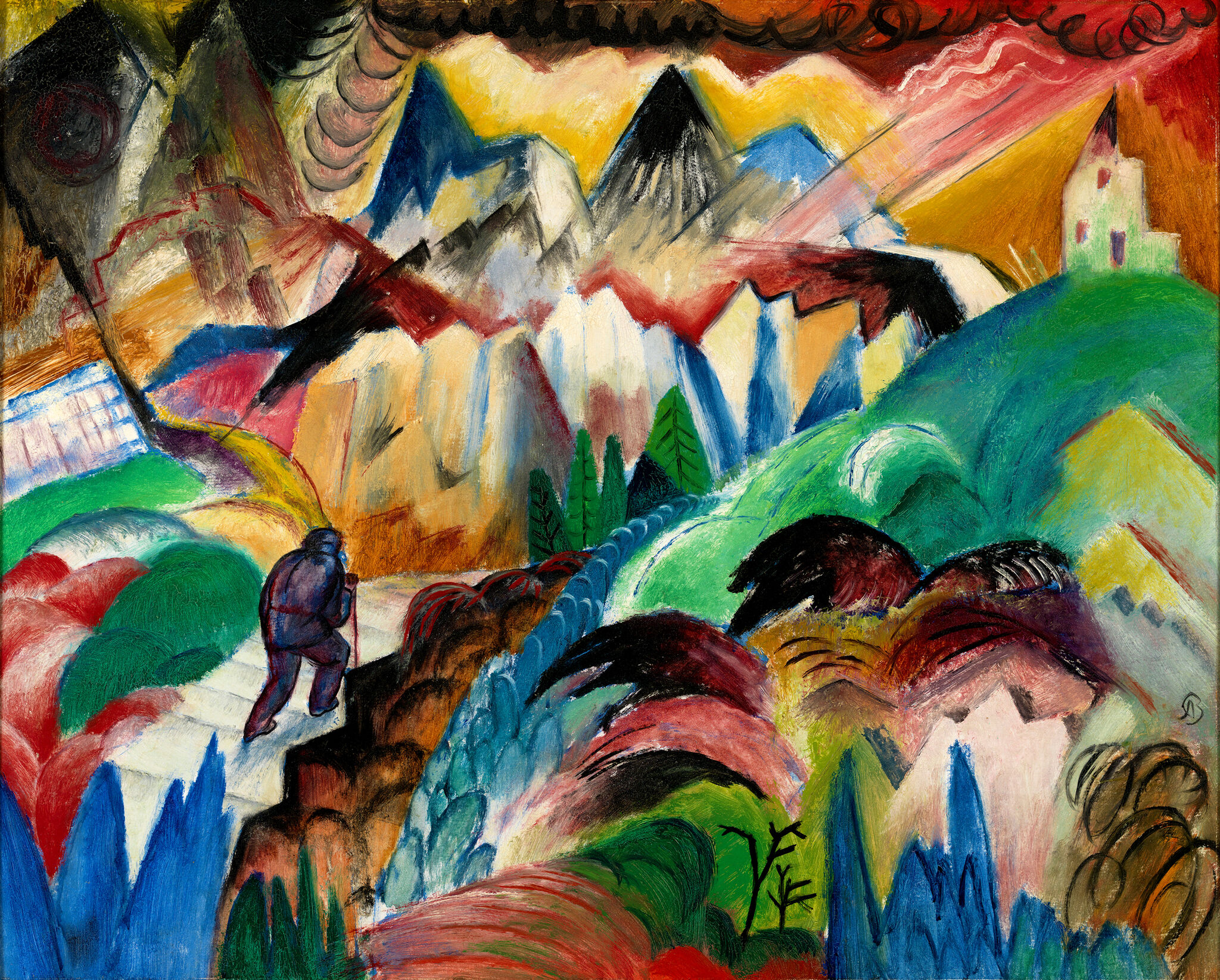
At the Dawn of a New Age: Early Twentieth-Century American Modernism
May 7, 2022–Feb 26, 2023
-
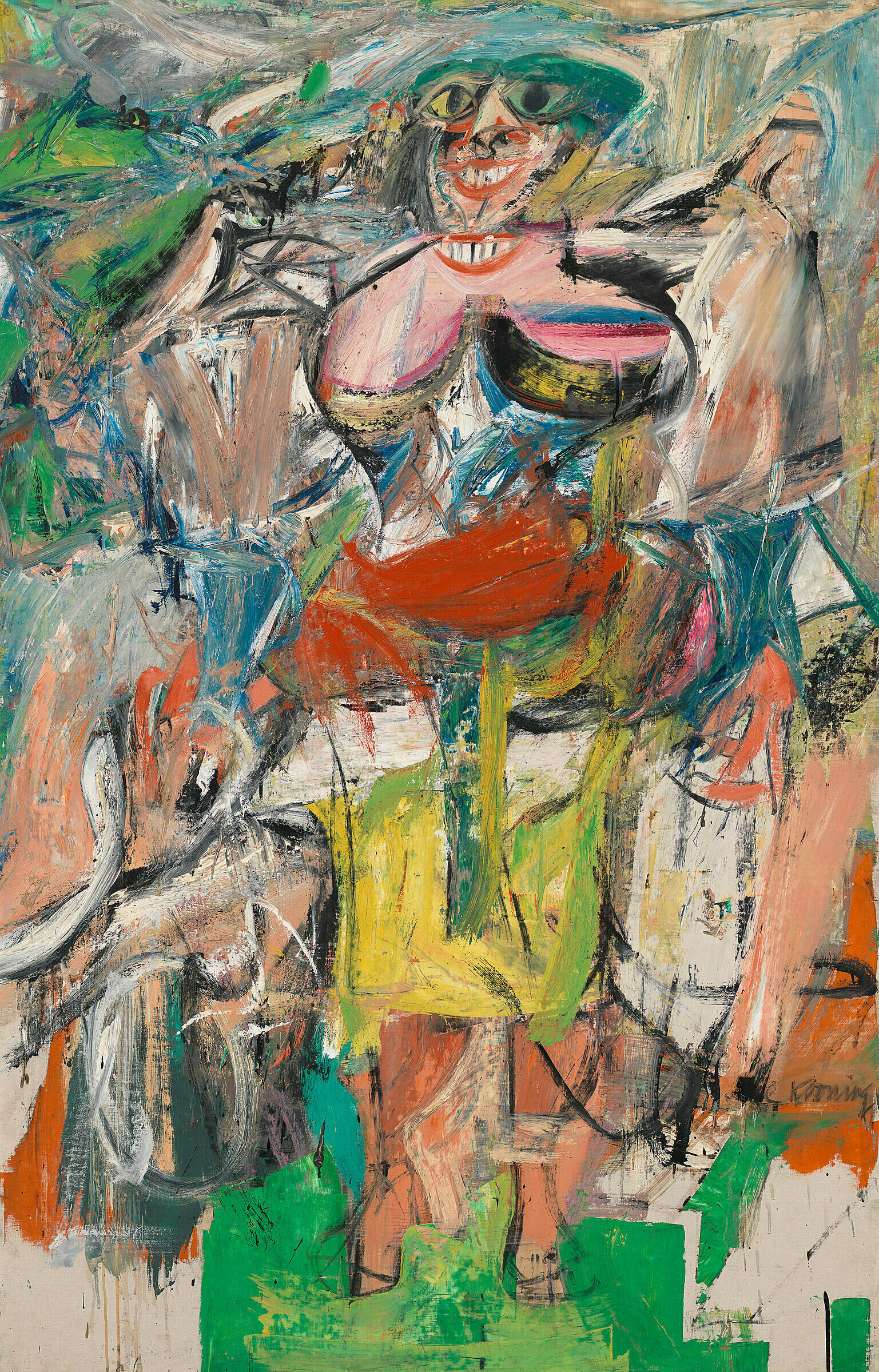
The Whitney's Collection
Sept 28, 2015–Apr 4, 2016
-
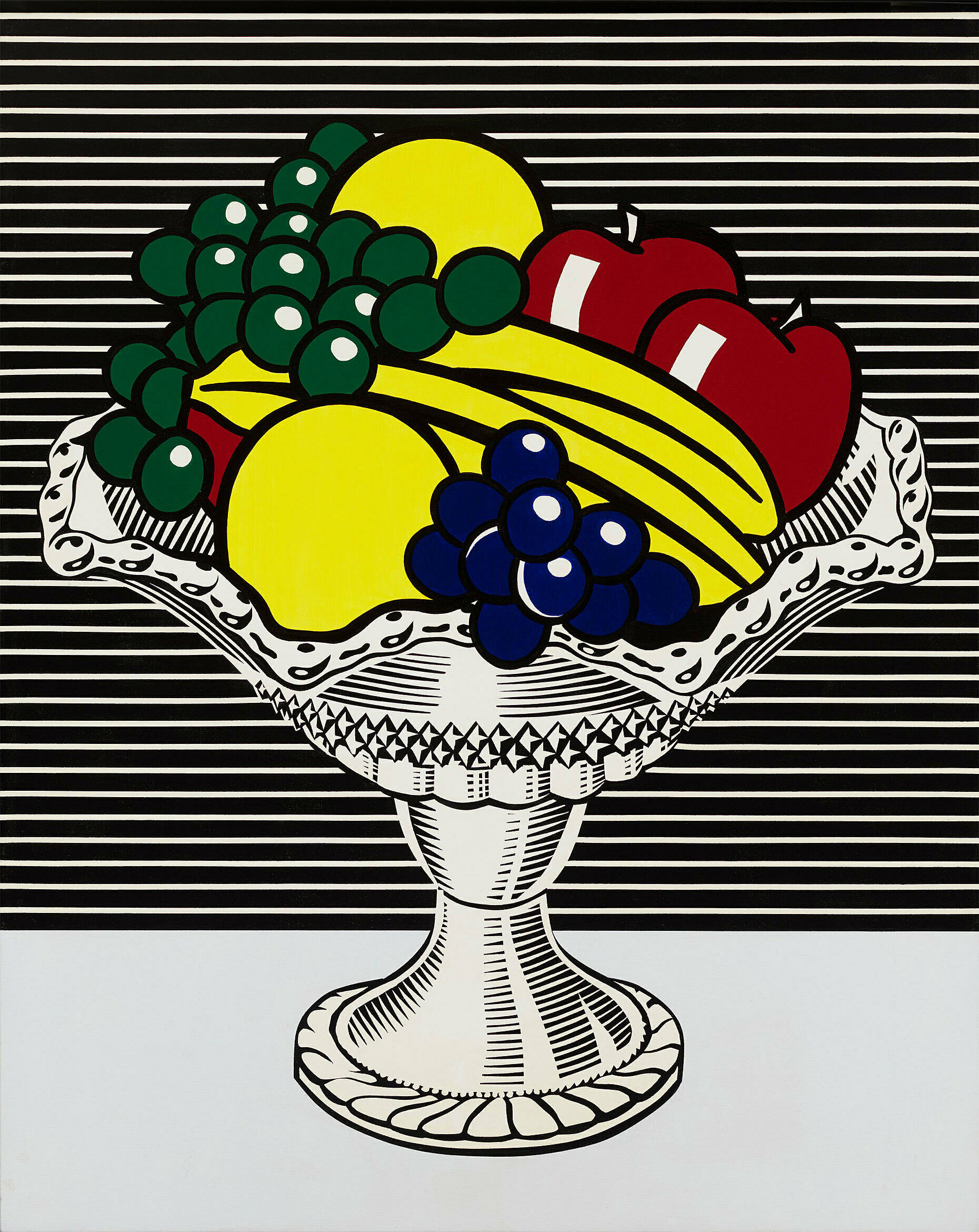
American Legends: From Calder to O’Keeffe
Dec 22, 2012–June 29, 2014
-
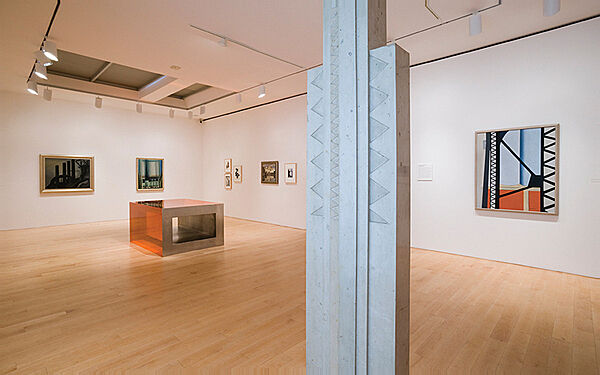
Modernisms
Aug 29, 2007–Jan 13, 2008
-

Picasso and American Art
Sept 28, 2006–Jan 28, 2007
-
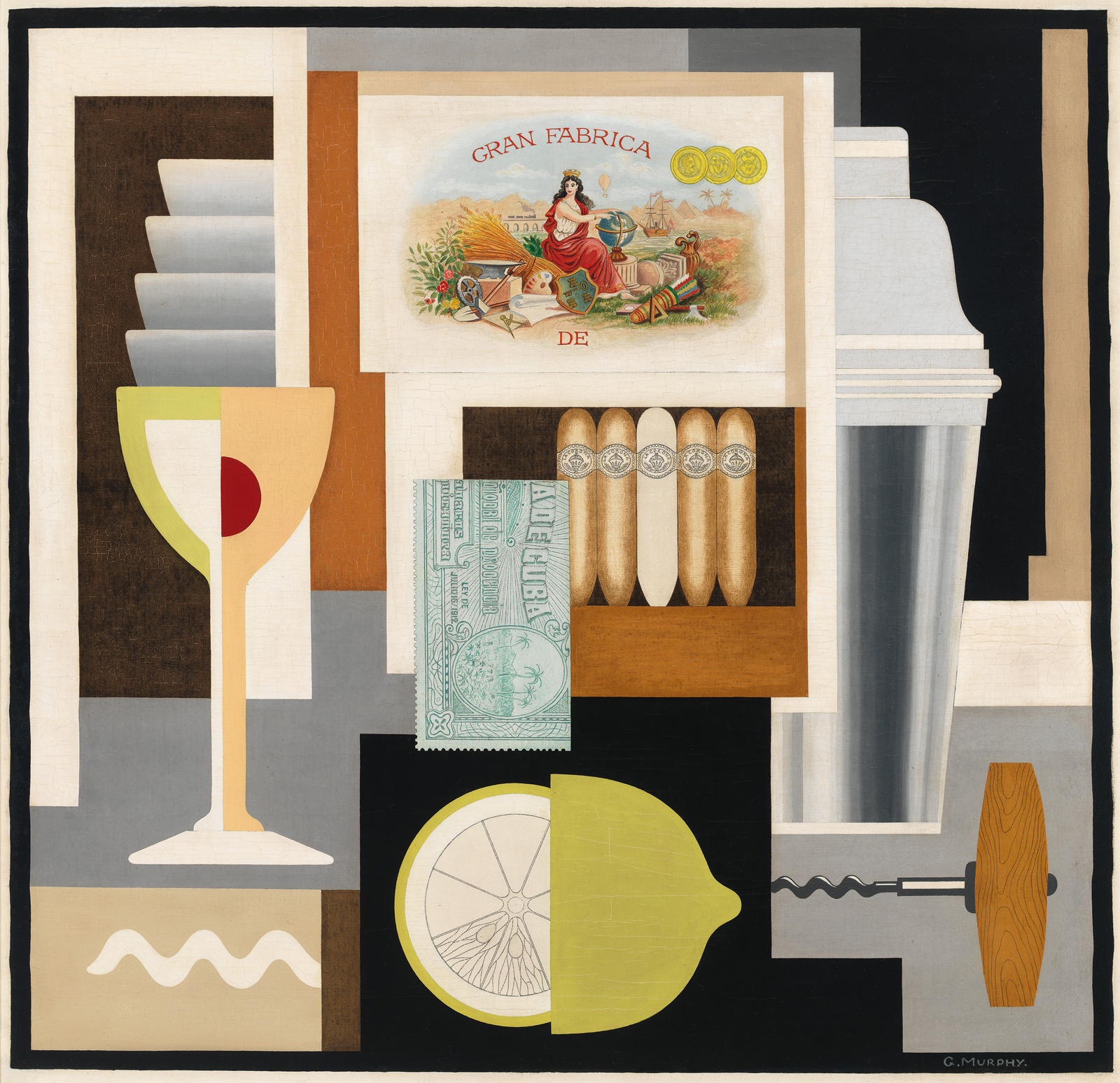
Highlights from the Permanent Collection: From Hopper to Mid-Century
Feb 25, 2000–May 20, 2006
Installation photography
-
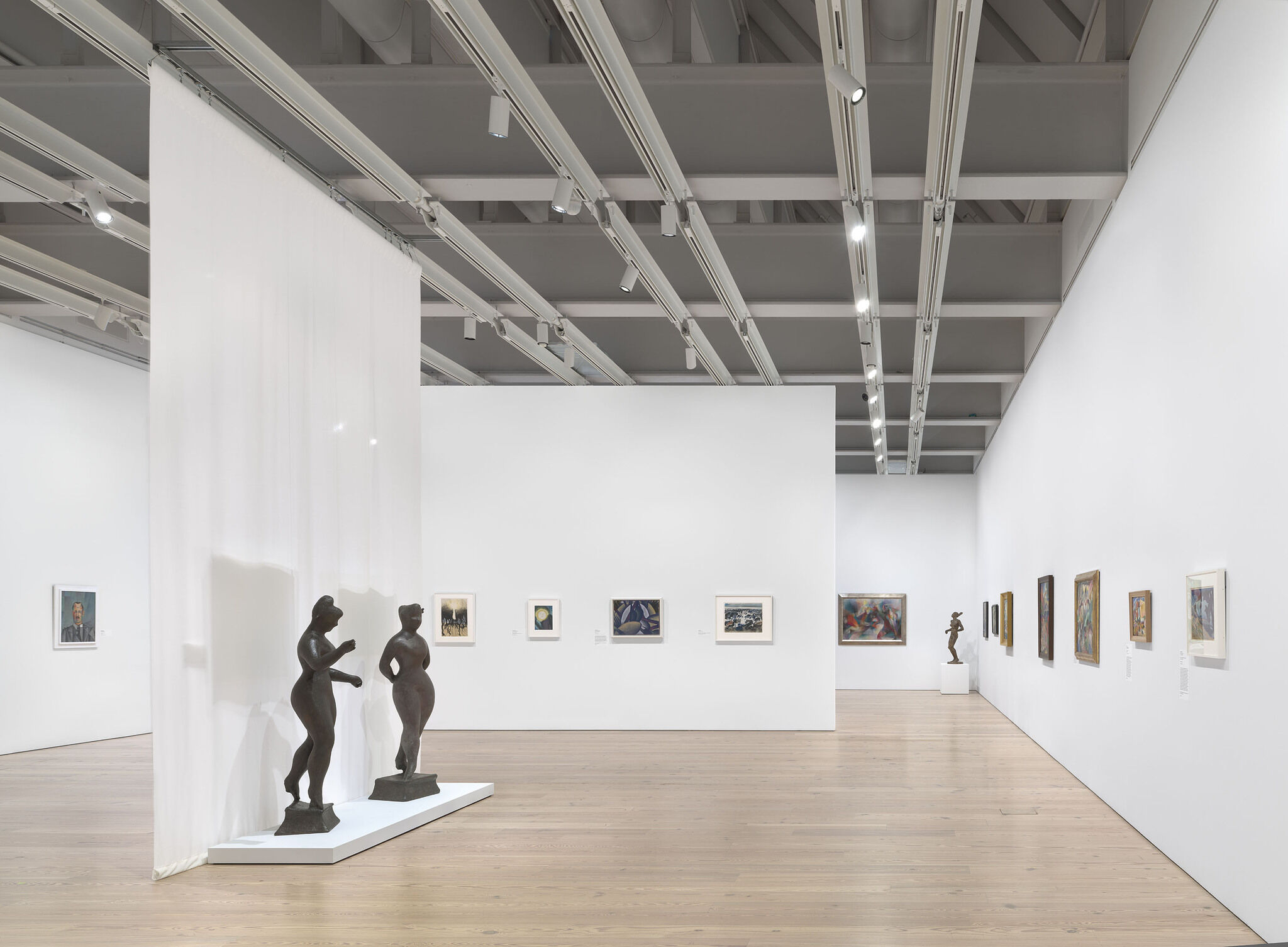

Installation view of At the Dawn of a New Age: Early Twentieth-Century American Modernism (Whitney Museum of American Art, New York, May 4, 2022–January 2023). From left to right: Charles G. Shaw, Self Portrait, c. 1930; Elie Nadelman, Standing Female Figure, c. 1925-26; Elie Nadelman, Standing Female Figure, c. 1925-26; Charles Burchfield, Sunlight in Forest, 1916; Oscar Bluemner, #8. June - Moon, 1927; Arthur Dove, Plant Forms, c. 1912; John Marin, White Horses - Sea Movement off Deer Isle, Maine, 1926; Stanton Macdonald-Wright, Oriental - Synchromy in Blue-Green, 1918; Richmond Barthé, African Dancer, 1933; Jay Van Everen, Abstract Landscape, c. 1924; Arthur B. Davies, Day of Good Fortune, c. 1914; Joseph Stella, Der Rosenkavalier, 1913-14; Carl Newman, Untitled (Bathers), c. 1917; Albert Bloch, Mountain, 1916; Yun Gee, Street Scene, 1926; Chiura Obata, Silence, Last Twilight on an Unknown Lake, Johnson Peak, 1930. Photograph by Ron Amstutz
From the exhibition At the Dawn of a New Age: Early Twentieth-Century American Modernism

